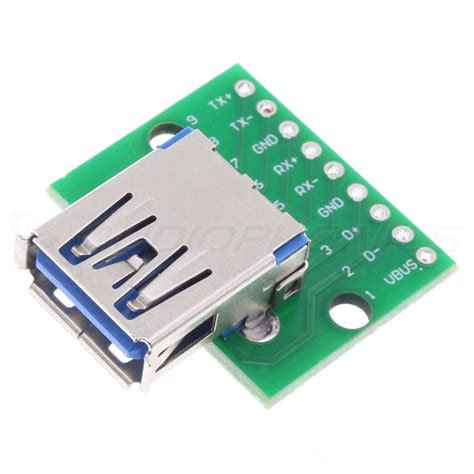
ALL ABOUT FLEX PCB
-
 Read more: USB PCB: The Core of Any Serial USB Interface Device
Read more: USB PCB: The Core of Any Serial USB Interface DeviceIntroduction to USB PCB A USB PCB (Printed Circuit Board) is the foundation of any device that utilizes a serial USB interface for communication and power transfer. USB, which stands for Universal Serial Bus, has become the standard protocol for connecting peripheral devices to computers and other electronic systems. The […]
-
Gross PCB Material Price
Posted by
–
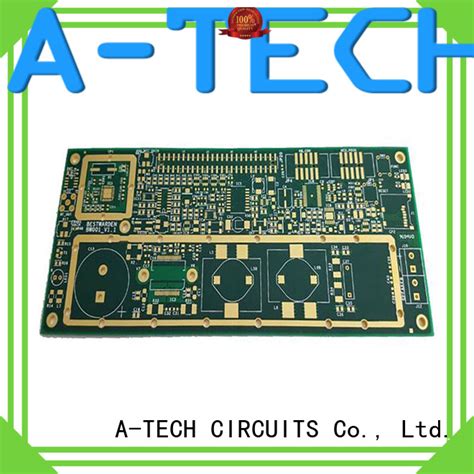 Read more: Gross PCB Material Price
Read more: Gross PCB Material PriceIntroduction to PCB Material Pricing Printed Circuit Boards (PCBs) are essential components in modern electronics, forming the backbone of devices ranging from smartphones to industrial equipment. The cost of manufacturing PCBs is significantly influenced by the materials used in their construction. In this article, we will dive deep into the […]
-
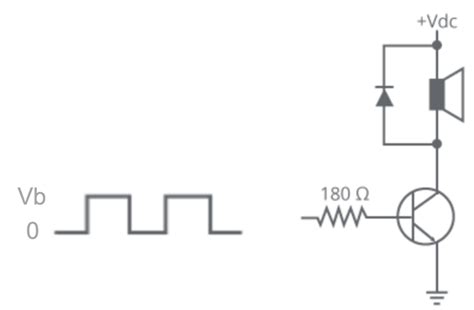 Read more: Piezo vs. Magnetic Buzzer: High-Quality, Low-Cost Sound Devices
Read more: Piezo vs. Magnetic Buzzer: High-Quality, Low-Cost Sound DevicesIntroduction to Piezo and Magnetic Buzzers Buzzers are small but essential components in many electronic devices, providing audible feedback, alerts, and notifications. Two common types of buzzers are piezo buzzers and magnetic buzzers. Both convert electrical energy into sound, but they differ in their operating principles, characteristics, and applications. Understanding […]
-
 Read more: CD4060: Ultimate Guide for its Circuits, Operation, and More!
Read more: CD4060: Ultimate Guide for its Circuits, Operation, and More!Introduction to the CD4060 The CD4060 is a monolithic CMOS 14-stage ripple carry binary counter with built-in oscillator and 3-state output buffers. It can be used as a frequency divider, time delay generator, or simple clock source in numerous electronic projects. The IC is available in 16-pin DIP, SOIC, and […]
-
How to Make LED Flasher Circuit
Posted by
–
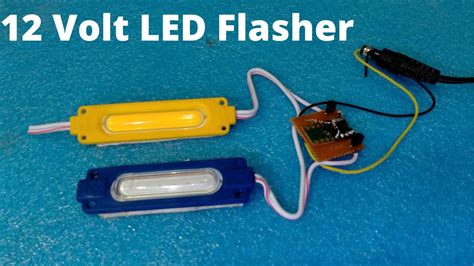 Read more: How to Make LED Flasher Circuit
Read more: How to Make LED Flasher CircuitIntroduction to LED Flasher Circuits An LED Flasher Circuit is a simple electronic circuit that makes an LED (Light Emitting Diode) flash on and off at a regular interval. These circuits are widely used in various applications such as indicator lights, warning signals, decorative lighting, and even in electronic toys. […]
-
How to Read and Understand SMD Capacitor Codes
Posted by
–
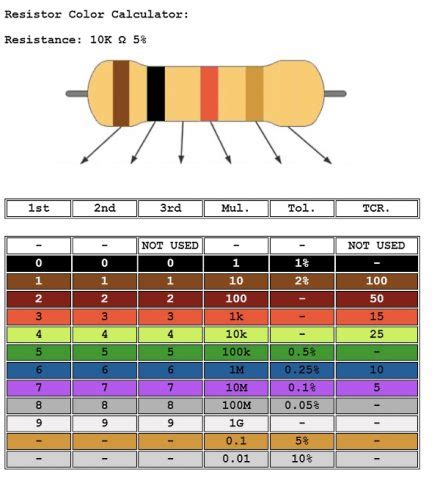 Read more: How to Read and Understand SMD Capacitor Codes
Read more: How to Read and Understand SMD Capacitor CodesIntroduction to SMD Capacitors Surface-mount device (SMD) capacitors are widely used in modern electronic circuits due to their compact size, high reliability, and excellent performance. These tiny components play a crucial role in filtering, Decoupling, and storing electrical energy. However, reading and understanding the codes printed on SMD capacitors can […]
-
lm324 Circuits- A Beginners Guide
Posted by
–
 Read more: lm324 Circuits- A Beginners Guide
Read more: lm324 Circuits- A Beginners GuideIntroduction to the lm324 Quad Op-Amp The lm324 is a popular and versatile quad operational amplifier (op-amp) integrated circuit. It contains four independent high-gain op-amps in a single package. The lm324’s key features include: Wide supply voltage range: 3V to 32V (or ±1.5V to ±16V) Low supply current drain: 700 […]
-
10.2 Surround Sound: A Start to Finish Guide
Posted by
–
 Read more: 10.2 Surround Sound: A Start to Finish Guide
Read more: 10.2 Surround Sound: A Start to Finish GuideWhat is 10.2 Surround Sound? 10.2 surround sound is an advanced audio configuration that uses 10 primary audio channels and 2 low frequency effect (LFE) channels to create an immersive 360-degree sound field. It is an extension of the popular 5.1 and 7.1 surround sound formats. In a 10.2 setup, […]
-
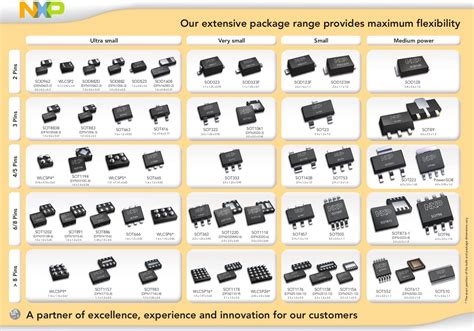 Read more: SMD—The Ultimate Guide to Propulsion Technology Needs
Read more: SMD—The Ultimate Guide to Propulsion Technology NeedsIntroduction to SMD Propulsion Technology Surface Mount Device (SMD) propulsion technology has revolutionized the aerospace industry by offering compact, lightweight, and efficient solutions for spacecraft and satellite propulsion systems. This comprehensive guide will delve into the various aspects of SMD propulsion technology, its applications, advantages, and future prospects. What is […]
-
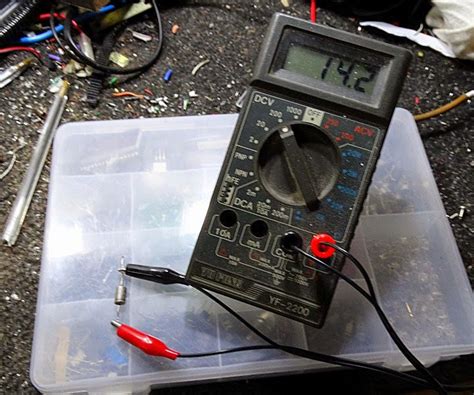 Read more: Zener Diode Tester: Construction of the Circuit and How it Works
Read more: Zener Diode Tester: Construction of the Circuit and How it WorksIntroduction to Zener Diodes Zener diodes are a special type of semiconductor diode that are designed to operate in the reverse breakdown region. Unlike regular diodes, which are designed to block current flow in the reverse direction, Zener diodes are intended to breakdown and conduct current in the reverse direction […]




